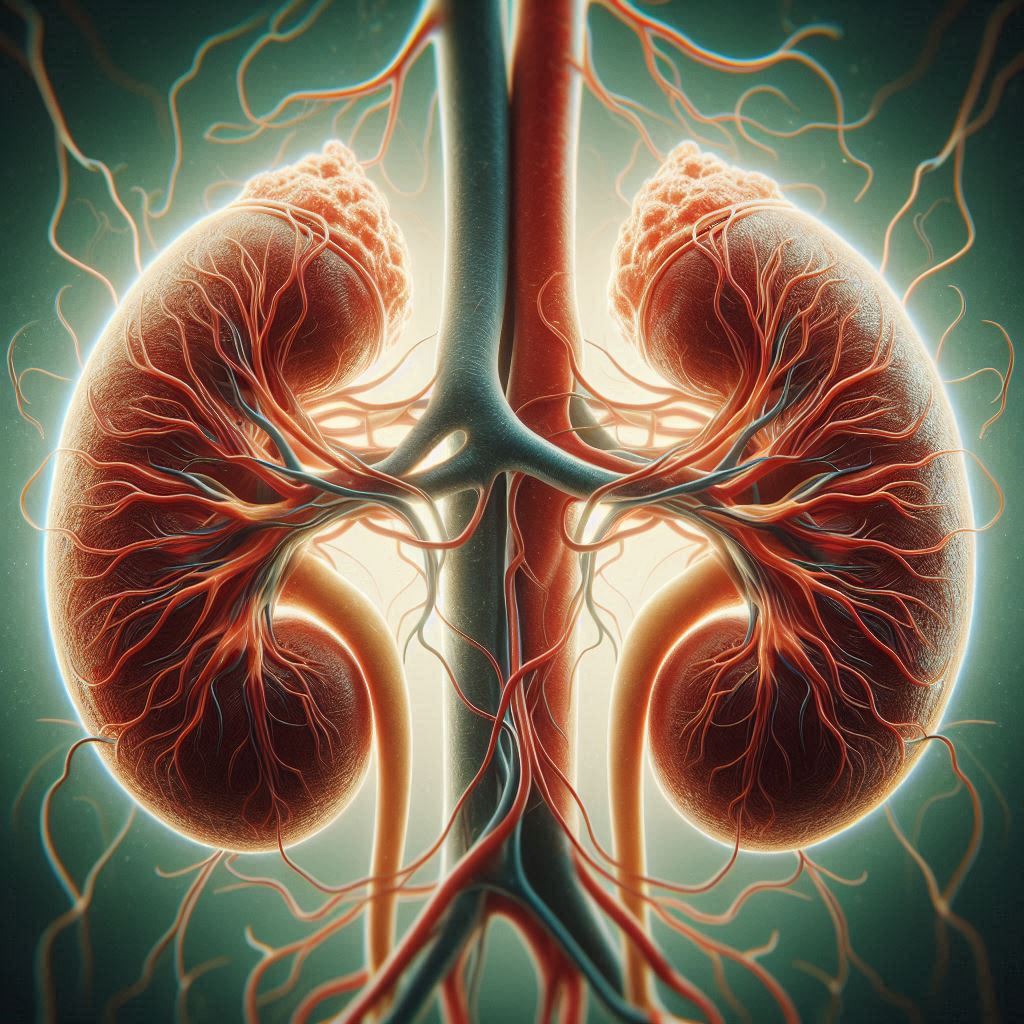To calculate the osmolar gap, you subtract the calculated osmolarity from the measured osmolality: Osmolar Gap = Measured Osmolality – Calculated Osmolarity.
Here’s a more detailed explanation:
- Measured Osmolality:This is the actual concentration of particles (osmoles) in the blood, measured in a lab.�
- Calculated Osmolarity:This is an estimate of the osmolality based on the concentrations of common solutes like sodium, glucose, and urea.
- The formula for calculating osmolarity is: 2 x [Na+] + [Glucose/18] + [BUN/2.8].
- [Na+] is the sodium concentration in mmol/L.�
- [Glucose] is the glucose concentration in mg/dL.�
- [BUN] is the blood urea nitrogen concentration in mg/dL.�
- The numbers 18 and 2.8 are used to convert glucose and BUN from mg/dL to mmol/L.�
- The formula for calculating osmolarity is: 2 x [Na+] + [Glucose/18] + [BUN/2.8].
- Osmolar Gap:This represents the difference between the measured osmolality and the calculated osmolarity, indicating the presence of unmeasured solutes in the blood.
- A normal osmolar gap is typically less than 10 mOsm/kg.�
- An elevated osmolar gap can indicate the presence of substances like ethanol, methanol, ethylene glycol, or other toxic alcohols.�





Leave a Reply